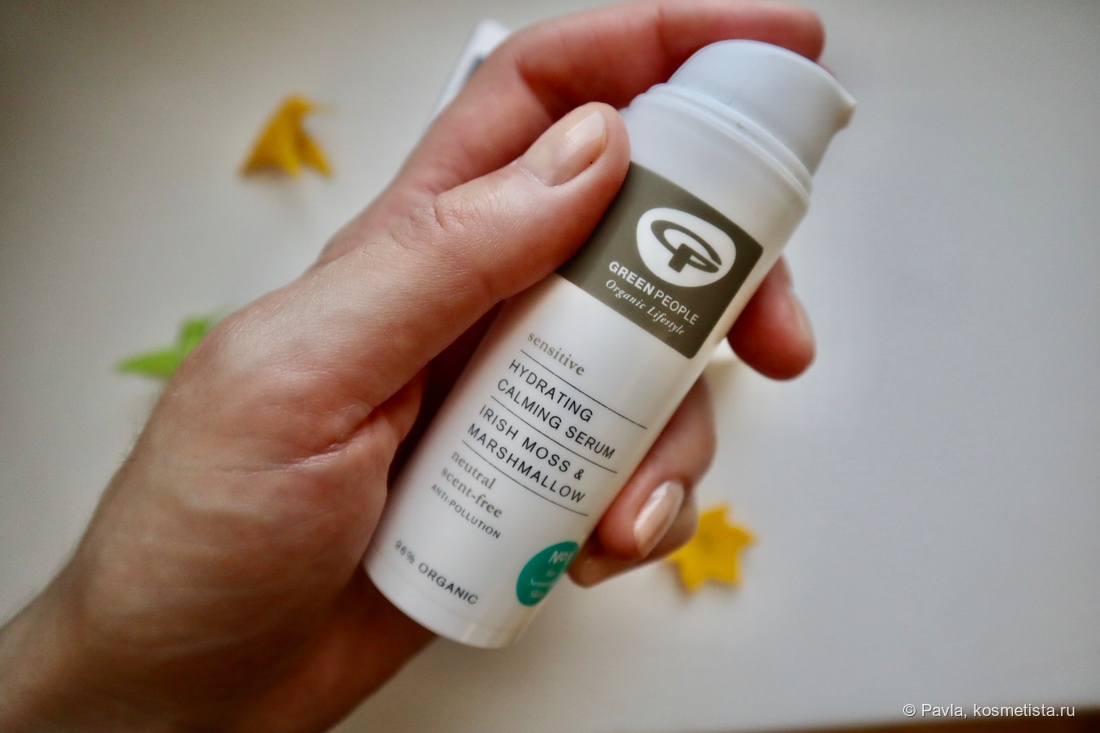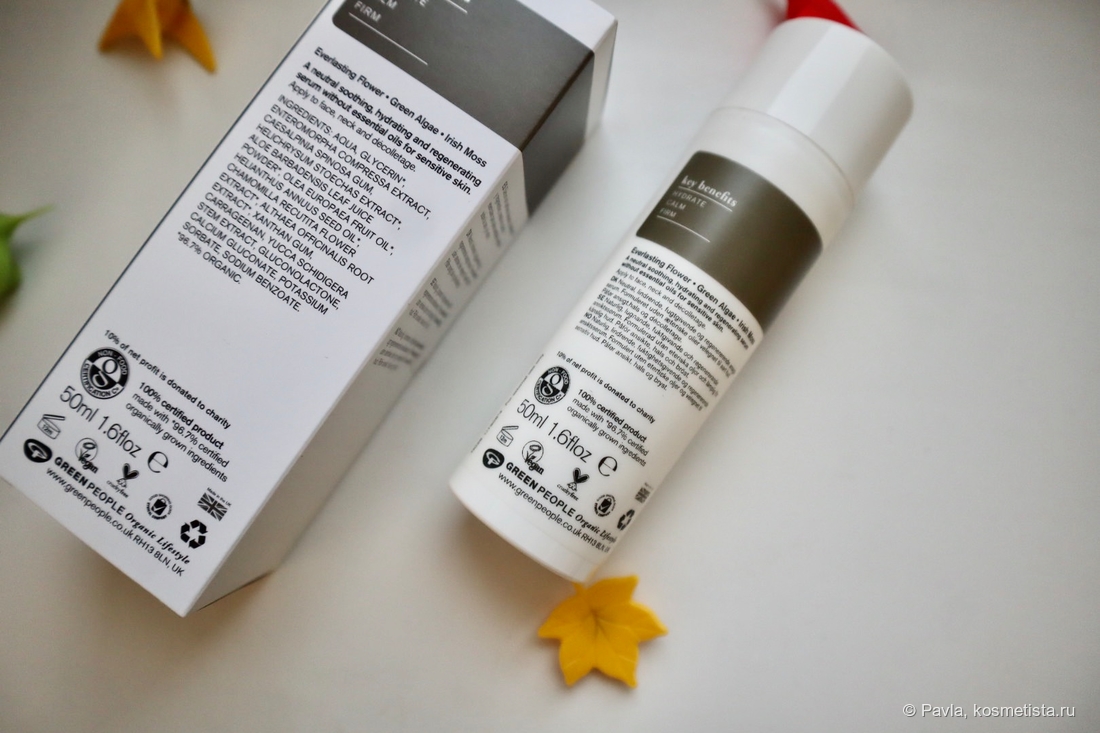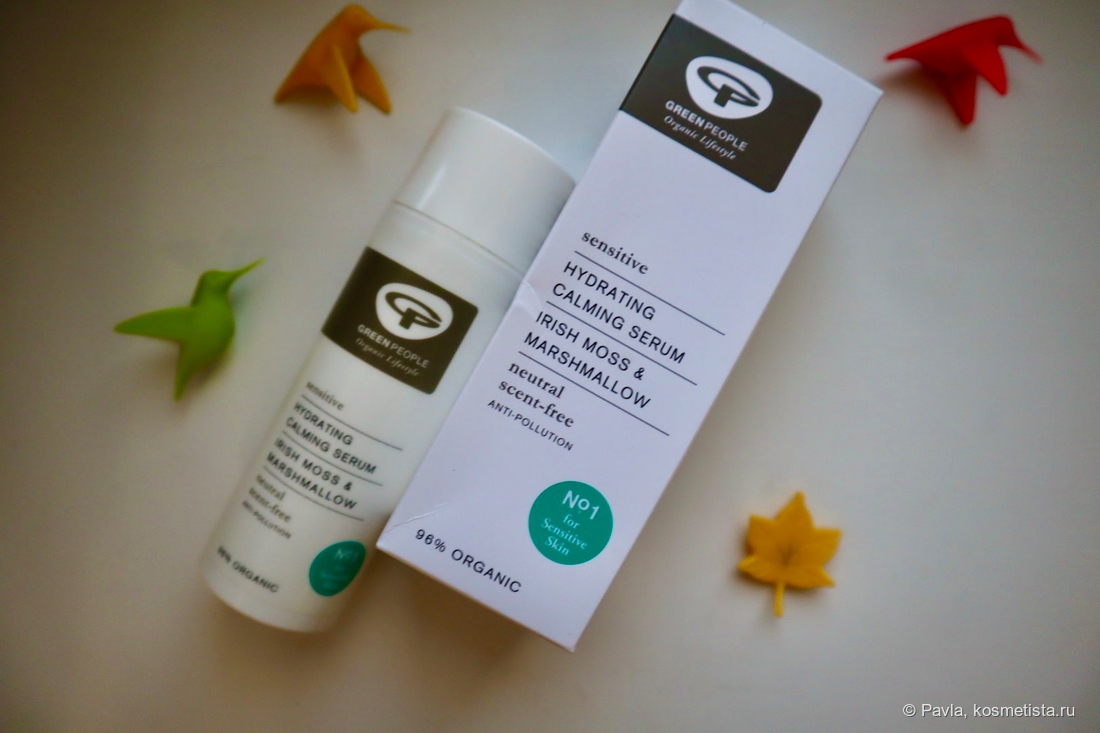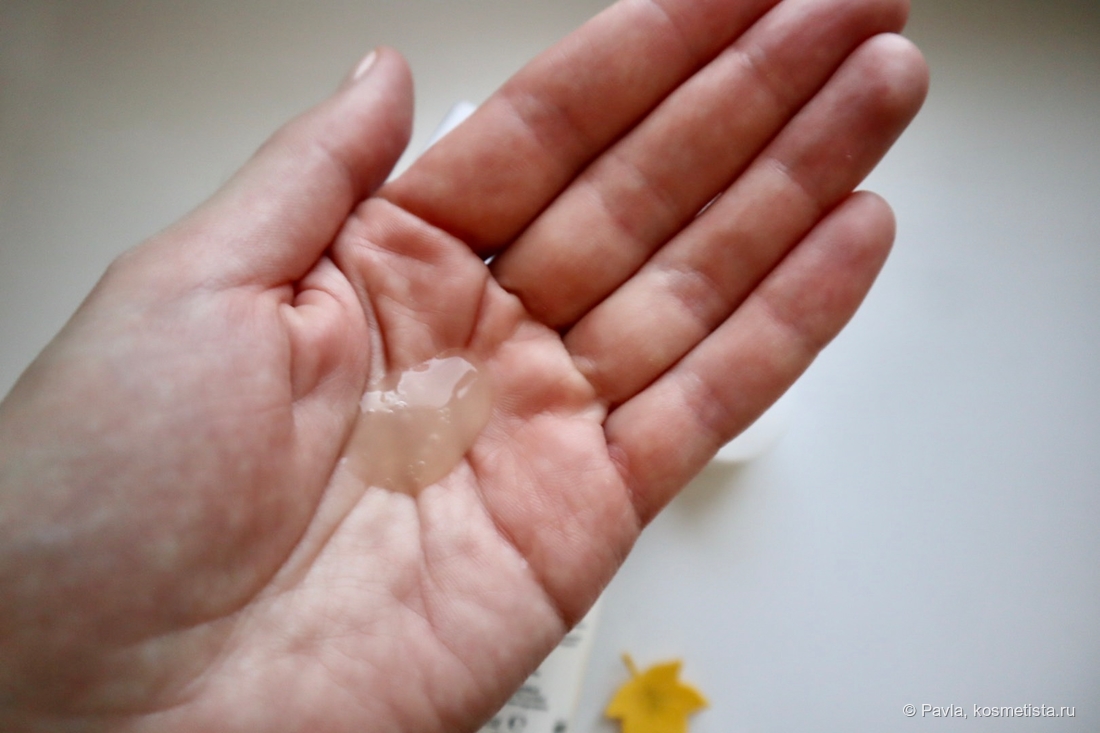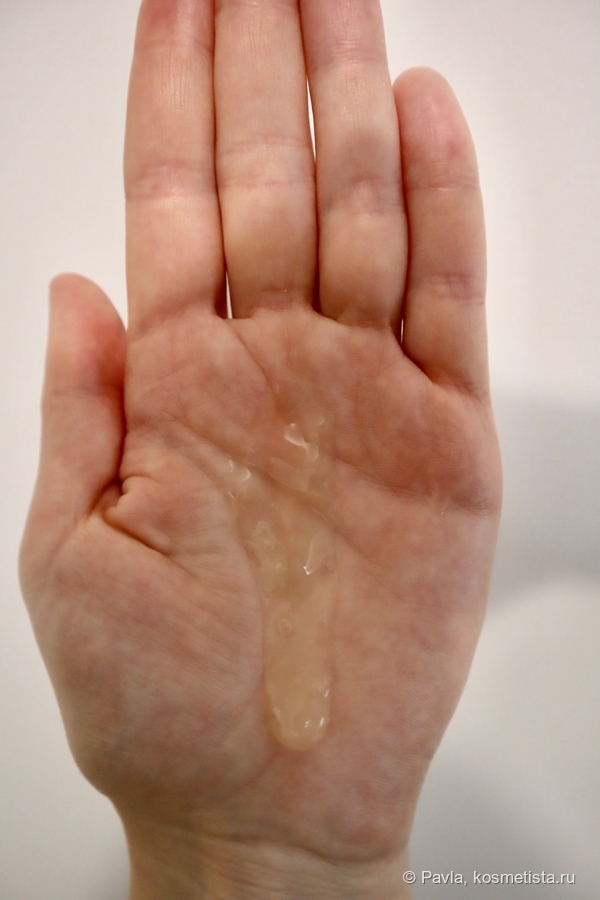Scent free environment что это
We are a Scent-Free Environment
Creating a Healthy, Scent-free Environment
Creating a healthy workplace for employees is a priority for the Faculty of Engineering. Due to health concerns arising from exposure to scented products, the Faculty of Engineering is committed to providing a scent-free environment for all students, employees and visitors in engineering buildings.
One example of this is the use of low-VOC materials used in the construction of the Donadeo Innovation Centre for Engineering. This is a commitment to a healthy environment that we now want to extend to our daily habits.
Please be respectful of others. We all play a crucial role in creating and maintaining a healthy workplace for our colleagues, students and visitors. We request that, as much as possible, all faculty and staff remove and minimize the use of scented products.
Here are resources you can use to help communicate this important message:
«The U of A Faculty of Engineering is a scent and fragrance-free environment. Please be considerate. Do not wear fragrances, perfumes, aftershave or scented sprays. Use unscented personal care products.»
Organizations are increasingly adopting scent-free policies. Accommodation for individuals who experience health effects due to exposure to scents is required under both provincial and federal human rights legislation. In 2016, Air Quality, Atmosphere, and Health published a random sample study of over 1,100 individuals in the U.S. In this research, 35 per cent of those surveyed reported serious health effects from exposure to artificial scents, 15 per cent had lost workdays due to fragrance exposure, and over 50 per cent preferred a fragrance-free environment. Notably, similar results continue to be replicated in the research.
A wide range of products contain artificial scents that may trigger a health reaction. Most commonly, these products can include: cologne, aftershave, perfume, scented lotion, air fresheners, essential oil diffusers, and scented candles. In some individuals, scents trigger reactions including: asthma attacks, migraine headaches, serious skin reactions, nausea, dizziness, fatigue, confusion, loss of appetite, shortness of breath, difficulty concentrating, weakness, and general upper respiratory symptoms.
We request that, as much as possible, all faculty, staff, students and visitors remove and minimize the use of scented products.
smoke-free environment
зона для некурящих
зона свободная от курения
Независимо от местной политики относительно курения, Олимпийская деревня и объекты Игр должны быть обозначены как зоны для некурящих.
[ Департамент лингвистических услуг Оргкомитета «Сочи 2014». Глоссарий терминов ]
smoke-free environment
Regardless of the local regulations for smoking, the Olympic Village and venues should be designated as smoke-free environments.
[ Департамент лингвистических услуг Оргкомитета «Сочи 2014». Глоссарий терминов ]
Тематики
Синонимы
Смотреть что такое «smoke-free environment» в других словарях:
smoke-free — adj smoke free environment/zone etc a place where people are not allowed to smoke = ↑non smoking ▪ new laws to create a smoke free environment at work … Dictionary of contemporary English
smoke-free — UK US adjective WORKPLACE ► used to describe an area where people are not allowed to smoke: »It is important that our staff can work in a smoke free environment. »The majority of non smokers want smoke free zones at work. »go smoke free … Financial and business terms
smoke-free — adjective free of smoke smoke free offices and restaurants • Similar to: ↑smokeless * * * smoke free UK US adjective in which no people are smoking, or in which smoking is not allowed a smoke free workplace Thesaurus: smoking and not smoking … Useful english dictionary
free — [[t]fri[/t]] adj. fre•er, fre•est, 1) gov enjoying personal rights or liberty, as one who is not in slavery or confinement 2) gov pertaining to or reserved for those who enjoy personal liberty: living on free soil[/ex] 3) gov existing under,… … From formal English to slang
free — adj Free, independent, sovereign, autonomous, autarchic, autarkic are comparable when they mean not subject to the rule or control of another. The same differences in implications and connotations are found in their corresponding nouns freedom,… … New Dictionary of Synonyms
environment — environmental, adj. environmentally, adv. /en vuy reuhn meuhnt, vuy euhrn /, n. 1. the aggregate of surrounding things, conditions, or influences; surroundings; milieu. 2. Ecol. the air, water, minerals, organisms, and all other external factors… … Universalium
Free space optical communication — In telecommunications, Free Space Optics (FSO) is an optical communication technology that uses light propagating in free space to transmit data between two points. The technology is useful where the physical connection by the means of fibre… … Wikipedia
The Smoke Ring (novel) — infobox Book | name = The Smoke Ring title orig = translator = image caption = Del Rey paperback edition author = Larry Niven illustrator = cover artist = country = United States language = English series = The State genre = Science fiction novel … Wikipedia
List of smoking bans in the United States — Map of current and scheduled future statewide smoking bans as of 18 June 2011 (2011 06 18)[update] … Wikipedia
Smoking ban — An internationally recognizable No Smoking sign … Wikipedia
How Scent Free Do I Really Have To Be?
A deer’s greatest defense is its sense of smell. Deer use their nose to communicate, sense danger and interpret their surroundings. Their ability to sense danger with their nose gives them a huge advantage over bowhunters. Even in urban environments where deer smell humans daily, scent management is vital to bowhunting success.
Think of a deer’s brain as a scent-driven computer. Each time deer inhale, their brain filters and analyzes all the odors in their environment. They smell acorns, plants, squirrels, other deer and – if you’re not careful – you.
As deer breathe in these many smells, their brain interprets each odor and determines its priority. Any whiff of human scent alerts them, but it won’t necessarily send them running. If deer fled every time they smelled humans, they would run themselves ragged. A strong whiff of human scent, however, can indicate a nearby threat and make them flee. And if they continually smell people in a specific area, they’ll avoid it during daylight.
To get shot opportunities on deer, controlling your scent must become a priority. By reducing scents you leave in the woods and being aware of your airborne scents while hunting, you improve your odds of success.
Scent-Management Techniques
Scent-free soaps, shampoos and detergents can help you manage your scent and combat the strong nasal defenses of white-tailed deer. Photo Credit: John Hafner
The key word in this discussion is “management,” because it’s impossible to eliminate all human odor. However, reducing your scent gives you a significant edge in the woods. Managing scent is a process that includes washing your body and clothes, and then preventing both from absorbing smells afterward.
Many bowhunters religiously shower with scent-free soap and shampoo before hunting. After showering, dry off with a towel that was washed in a scent-free detergent. Scents and perfumes in regular laundry detergent easily transfer to your body.
Likewise, wash your hunting clothes in scent-free detergent to reduce your scent sources. After all, your clothing absorbs scents throughout the day, so you must do all you can to reduce the odors you can control.
To keep your clothing from absorbing scents after washing, air-dry them outdoors or load them into an electric dryer with a scent-killing or earth-scented dryer strip to further control human odors. Once your hunting clothes are dry, store them in an airtight plastic container or scent-trapping bag. Keep your clothes sealed until reaching your hunting spot, and then put them on. These procedures keep your clothes as scent-free as possible, and prevent them from absorbing odors from your truck, breakfast and other sources they can contact between home and the woods.
Once you reach your hunting site and get dressed, apply a scent-killing spray to kill, mask or remove odors from your clothing. Think of it as hunting’s version of Febreze. Spray it all over your clothes and boots before heading into the woods.
You can further manage your scents by wearing rubber boots and clothing impregnated with anti-microbials. Rubber boots don’t hold scents as well as leather boots and, therefore, don’t leave behind scents as you walk through the woods. Anti-microbials prevent scent molecules from forming in clothing fabrics, which keeps you from smelling. That’s especially helpful in warm weather. Scent-free soaps, detergents, sprays, rubber boots and anti-microbial clothing are all available at archery shops.
Studying the Wind
Even when deploying all those techniques, be sure to study the wind and use it to your advantage to keep deer from detecting you. Always try to position yourself so the wind blows your scent away from deer, not toward them. This is seldom easy, because winds can be fickle, but pay close attention to their prevailing direction.
A good starting point is a weather forecast’s predictions for the prevailing wind direction, which helps you choose your hunting location. Once you arrive to hunt, always double-check the wind direction with a wind indicator because weather forecasts aren’t perfect.
Simple wind indicators are great tools you should always carry. They’re usually plastic squeeze bottles filled with a white, lightweight powder you puff into the air. Once the powder is airborne, watch the direction it blows. That’s especially helpful for detecting subtle thermal currents.
If you live in a hilly or mountainous area, thermals play a huge role in carrying airborne scents. In the morning, air warms in sunlight and rises. In the evening, air cools and flows downhill. If you bowhunt near the bottom of a hill in the morning, your scent will flow uphill on rising thermals. Choose blinds or treestands that you expect to keep you uphill of deer.
Defeating a deer’s strongest sense is all part of bowhunting’s fun and challenge. By managing scents and paying attention to the wind, you’ll increase your odds of remaining undetected. For more advice on scent management, visit an archery store and talk to its knowledgeable staff.
Scent-Free Policy for the Workplace
What is meant by scent-free?
When we talk about scents, we usually mean the smells or odours from ingredients and chemicals in cosmetics (perfume, make-up, shampoo, deodorant, etc.) or from other products such as air fresheners, cleaners, etc.
Unfortunately, there is no exact definition for scent-free, fragrance-free or unscented. Products labelled as unscented may actually contain ingredients that are used to mask or hide the smell of other ingredients. However, certain product composition statements are required, including:
If a product formulation has been amended to add or change a fragrance, terms such as «fresh scent,» «floral scent» or «lemon scent» that describe the resulting odour may be added by notification. The terms «fragrance-free» or «unscented» may be added by notification if the product is odourless or nearly odourless, and contains no odour-masking ingredients such as a perfume. The term «de-scented» may be added if the product contains an odour-masking ingredient.
While it is important to be aware of the lack of consistency when these terms are used by various manufacturers, the terms can still be a rough guideline when choosing products.
Can scents cause health problems?
When exposure to the ingredients or chemicals in scented products has been blamed for adversely affecting a person’s health, some or all of the following symptoms are typically reported:
The severity of these symptoms can vary. Some people report mild irritation while others are incapacitated and/or must give up many ‘normal’ activities in order to avoid exposure (such as going to public places). As a consequence, some patients report feelings of depression or anxiety.
These reactions can be known as a condition called environmental sensitivities. According to the Women’s College Hospital:
«Environmental sensitivities (ES) describes a chronic condition whereby a person has symptoms when exposed to certain chemicals or other environmental agents at low levels tolerated by most people. The symptoms may range in severity from mild to debilitating.
ES has also been called multiple chemical sensitivity, chemical intolerance, environmental hypersensitivity, environmental illness, toxicant-induced loss of tolerance, and idiopathic environmental intolerance.»
Exposure to the ingredients and chemicals in scented products, even in the smallest amounts, can also trigger other conditions, including allergic and asthmatic patients and those with other conditions (for example: mastocytosis, etc.). В In these situations, the health effects can be severe.
What types of products are associated with environmental sensitivities?
This document focuses on sensitivities from scented products. Other documents that may be helpful include:
When dealing with a sensitivity issue in the workplace, be sure to address any and all possible causes.
What types of products contain scents?
Ingredients or chemicals used to produce scents are present in a very large range of products, including (note that these lists are not inclusive and other products may trigger a response):
It is important to remember some products which claim to be ‘scent free’ may have only masked the scent by use of an additional chemical. Be sure to research the product carefully if using scented products around those who are sensitive.
Other triggers have been reported when an individual is exposed to:
I have read that there are carcinogens in fragrances. Is this true?
While it depends on the formula, there can be chemicals in fragrances and related products that have been determined to cause cancer in occupational settings or in laboratory animals.
The OSH Answers document What makes chemicals poisonous? has more information about the effects of chemicals on the body.
Are there any labelling requirements for products or cosmetics?
In some cases, yes, but these labelling requirements may not give you all the information you may need.
For example: Products like cleaners and air fresheners sold to the general public (in grocery or hardware stores) require consumer labelling only. These labels focus on immediate hazards such as corrosion (burns to skin/eyes), explosion, fire and poison. Only certain ingredients will be listed on the package or product. To find out all of the ingredients in the product, it may be necessary to contact the manufacturer directly.
Legislation from Health Canada requires labels on the outside packaging of cosmetics. These labels contain a list of all ingredients as used in the International Nomenclature of Cosmetic Ingredients system. This requirement provides consumers with the information they need to make informed choices about the cosmetic products they buy.
Are there laws in Canada that cover environmental sensitivities?
Yes. Accommodation is required under the federal and provincial Human Rights Acts. В Please contact your local human rights commission for more information.
Employers should be aware that there are differences between individuals, and build these concepts into their workplace standards or policies as proactively as possible.
What steps should I take when implementing a scent-free policy in the workplace?
As with most workplace policies, be sure to consider the following:
What is an example of a policy?
Policies should be based on the health concerns of employees. The policy must also apply uniformly throughout the company.

